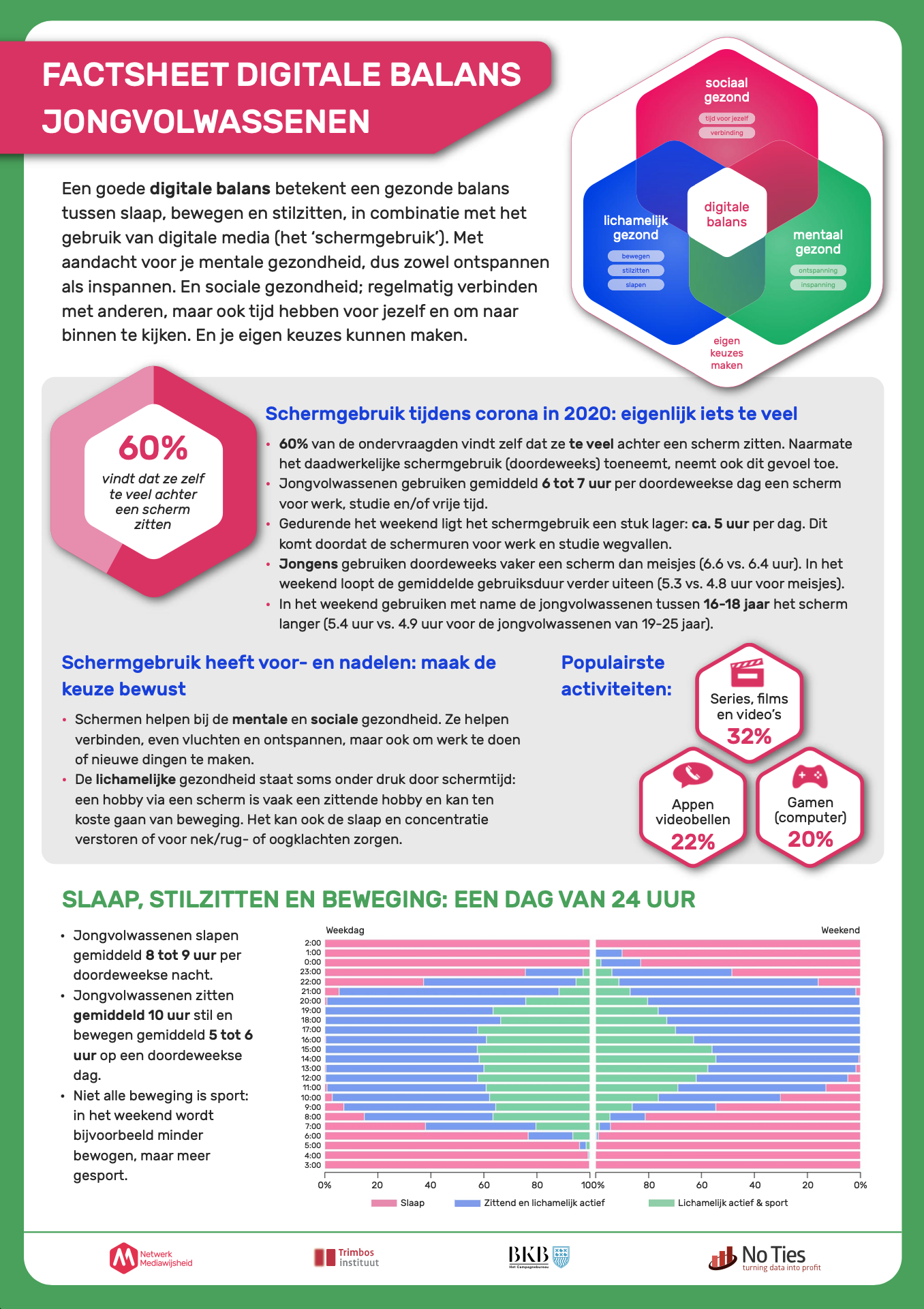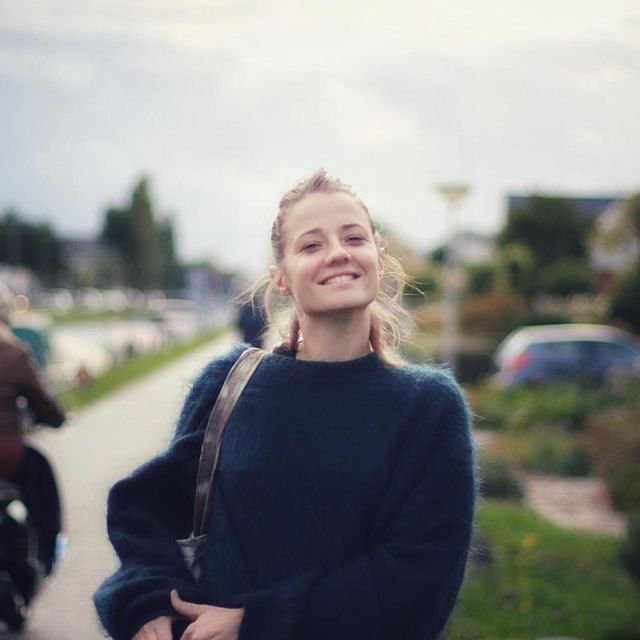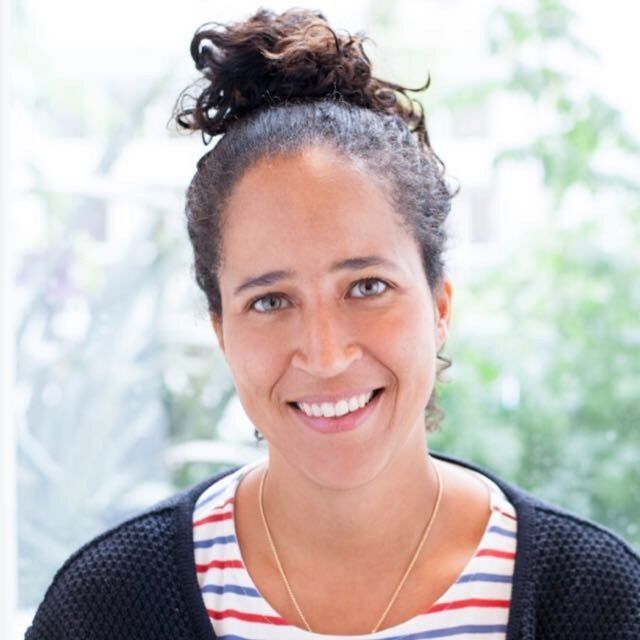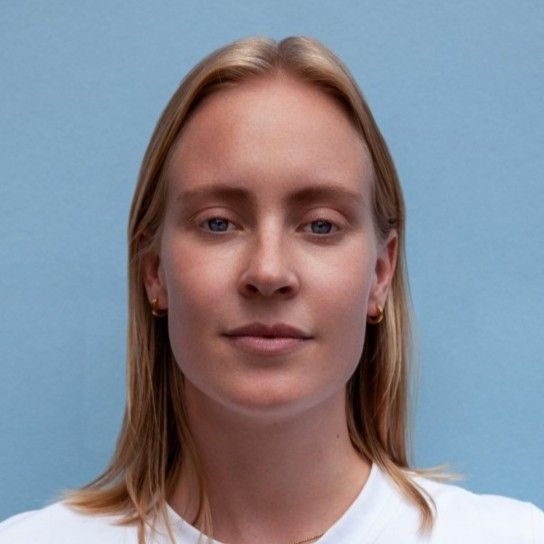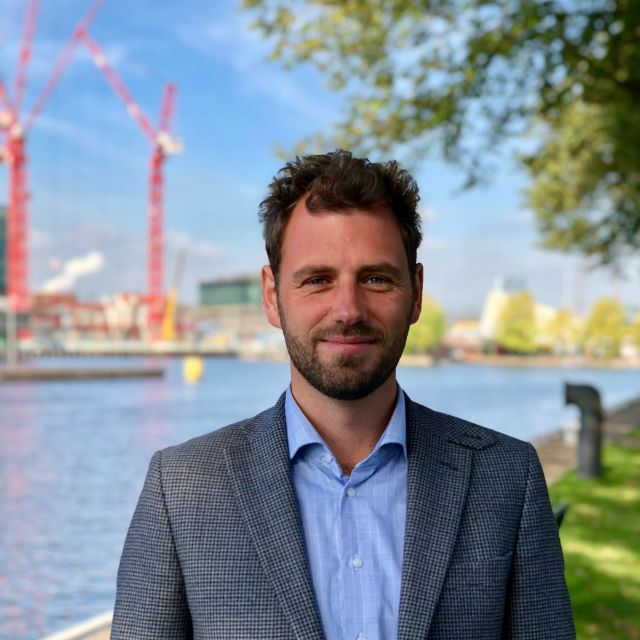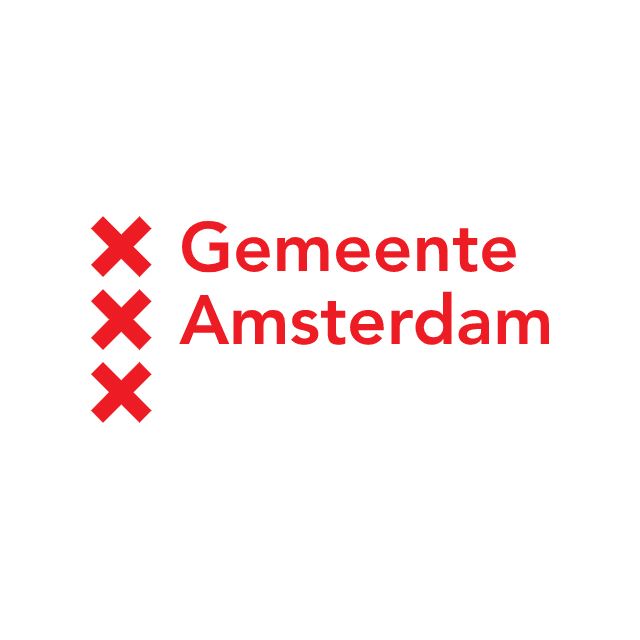Digital Detox: Disconnect to Reconnect
This project seeks to explore and implement creative strategies to help young people disconnect from their phones and reconnect with the world around them.

In an era where screens dominate our daily lives, a new initiative is launching to help teens and young adults reclaim their time and well-being. The Digital Detox - Disconnect to Reconnect project, in collaboration with designers Marcel Schouwenaar and Puck Siemerink and the Digital Youth Program by the City of Amsterdam, is set to explore innovative strategies to encourage healthier digital habits.
The challenge
The annual youth survey* conducted by Mediahuis, Wayne Parker Kent and Mediatest shows that teens and young adults (between the ages of 15-35) are increasingly absorbed by their screens, spending an average of 5 hours a day on digital devices, with 4.3 hours dedicated to social media alone. This excessive screen time is impacting their mental well-being, with 30% feeling insecure or depressed due to social media use, and 28% contemplating quitting social media altogether. Moreover, 16% are developing problematic habits or addiction.
The Digital Detox project aims to creatively explore how young people can disconnect from their phones & social media and reconnect with their environment.
Our latest findings
While smartphones are indispensable tools for navigating daily life, our latest findings show that their pervasive influence often leads to unintended consequences. Many young individuals report losing hobbies, feeling unproductive, and struggling with sleep deprivation due to excessive screen time. Despite recognizing these issues, they often view this as personal failings, feeling trapped in a cycle they cannot break alone.
Parents, too, struggle with these challenges. While they acknowledge the need to support healthier digital habits, they often lack the tools or strategies to guide their children effectively. This disconnect highlights the importance of collaborative solutions that involve the entire family.
There is broad consensus that a solution to this problem is urgent, but the solution space (or our imagination) seems to be limited to either to propose interventions at a systemic scale — such as regulation (at EU level) and pressing social media platforms to adapt their apps — or to focus on the individual level, with apps and features to limit screen time.”
— Marcel Schouwenaar, Independent designer, researcher, and inventor
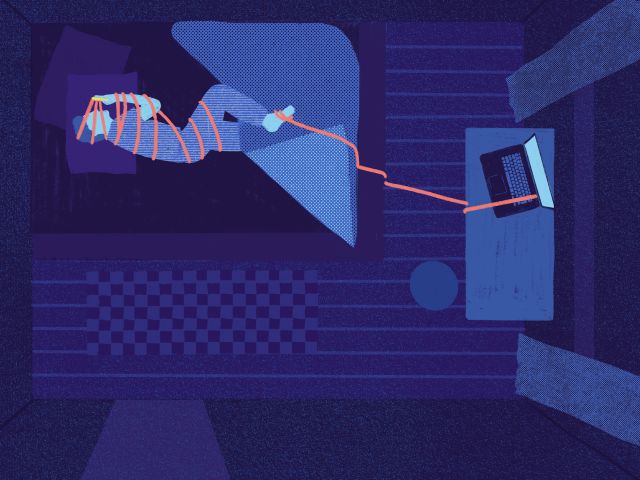
3 interventions to change behavior
Systemic interventions can take years and are often ‘lagging behind the facts’. Whereas individual solutions require intention, knowledge and willpower, and have only a small reach. Neither of those solutions offer much solace to the majority of young people coping with this problem today.
Designers Puck Siemerink and Marcel Schouwenaar propose a holistic approach to helping young people change their smartphone and social media habits. They designed 3 interventions that touch on key components to shape intention and ultimately cause behavior change: attitude, norms, and perceived power:
1. Empowering families: By using tools and rituals—such as replacing a smartphone with an alarm clock in the bedroom—dependence on smartphones can be reduced, fostering healthier habits at home.
2. Reclaiming public spaces: Transform (semi-)public areas offering free Wi-Fi into spaces for physical interaction, for instance, by partially restricting access to certain social media platforms.
3. Encouraging check-out rituals: Create dedicated spaces in schools, libraries, and public areas where people can intentionally “log out.” This helps make digital detoxing a natural part of daily life and a shared experience.
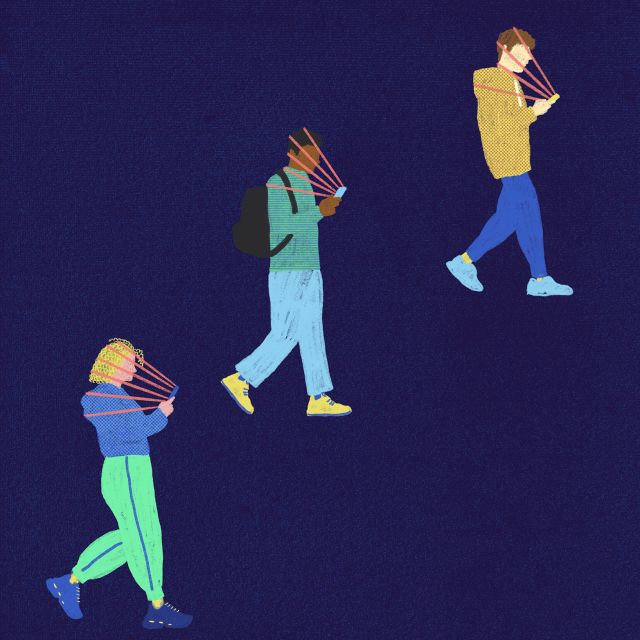
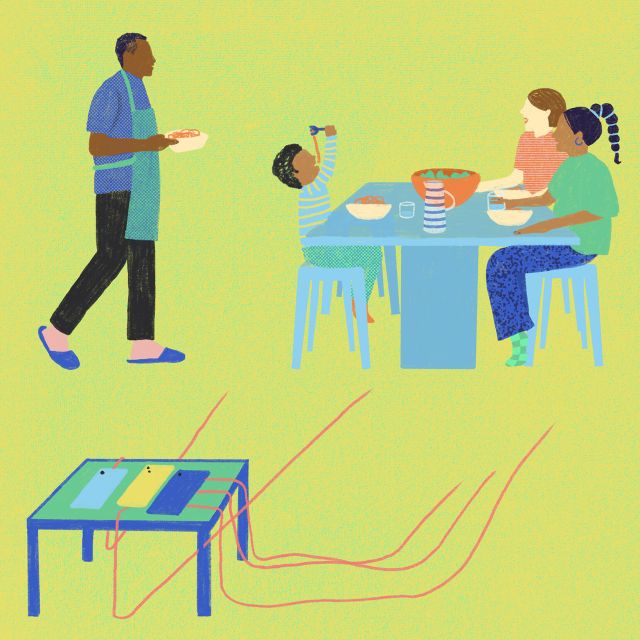
Looking ahead
By translating these insights into a follow-up experiment, we aim to help young people build resilience against distracting social media and smartphones, enabling them to create more meaningful offline connections.
The first iteration of Digital Detox: Disconnect to Reconnect will be carried out in early 2025 as part of the Digital Youth Program. Check out Programma Online Leefwereld and stay updated via City of Amsterdam Innovation on LinkedIn.
With the Digital Youth Program, we are committed to making the Internet a pleasant and safe place for young people.”
— Leonore Snoek, Creative designer, City of Amsterdam
Digital Youth Program
The Digital Youth Program by the City of Amsterdam aims to enhance the well-being of young people in the digital world. While most young people experience the benefits of being online, the digital environment also presents risks that impact their safety, health, and performance.
The program focuses on three main goals:
- Providing support to young people, parents, and professionals to help mitigate the negative effects of online behavior.
- Aligning activities and policies with young people's digital world, including initiatives like the Connect design lab.
- Increasing digital resilience and literacy, empowering young people to navigate digital challenges with greater awareness, creativity, and resilience.
Through this program, the city is working toward a safer and healthier digital future for Amsterdam's youth.
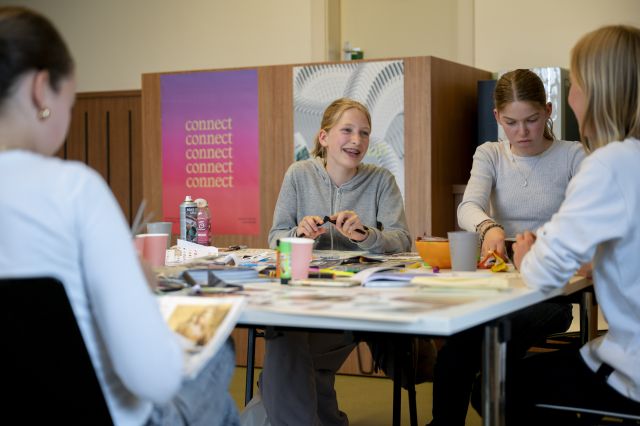
Background Information from Trimbos
Maintaining a good digital balance involves a healthy mix of sleep, physical activity, and screen time, while also focusing on mental health and social well-being.
To illustrate, Trimbos indicates that during the COVID-19 pandemic, screen time increased significantly, with young adults spending 6 to 7 hours a day on screens during weekdays.
While screens can aid mental and social health by facilitating connections and relaxation, excessive use can lead to physical issues such as poor posture, disrupted sleep, and reduced physical activity.
